I just got that earlier Test report on the LED tea lights completed and I stumbled across the color temperature measurement. A customer specified the color temperature of the LED candles as 2900 Kelvin and I felt the need to check this value. A little search in the App Store brought me to the app”LightSpectrum Pro” which should be suitable for measuring both the color temperature and the color spectrum. The app runs on iPhone and iPad, but my test was made with the iPhone XS.
Chapter in this post:
Color temperature: not super accurate, but quite good
The app analyzes the information it captures via the iPhone camera. This is of course not a calibrated device for measuring the color spectrum and temperature, so you shouldn't expect miracles here. I therefore use the iPhone app rather out of interest to see which region we are in. You probably won't get 100% binding results this way, because sets like this are not for nothing Lighting Navigator, which consist of a sensor and a separate app and cost just under EUR 800. If the company gives me a kit, I'm happy to report about it, but for now let's take a look at the LightSpectrum Pro app. ;-)
On Youtube I was able to find a video of Admando Ferreira who took the trouble to compare the values of LightSpectrum Pro with the values measured by his Canon camera. Canon does a pretty good job with the automatic white balance and for this reason the values displayed by the camera should be quite realistic. In its tests, LightSpectrum Pro is at most about 150 Kelvin off, which is actually quite decent accuracy for an app that does not cost 5 euros.
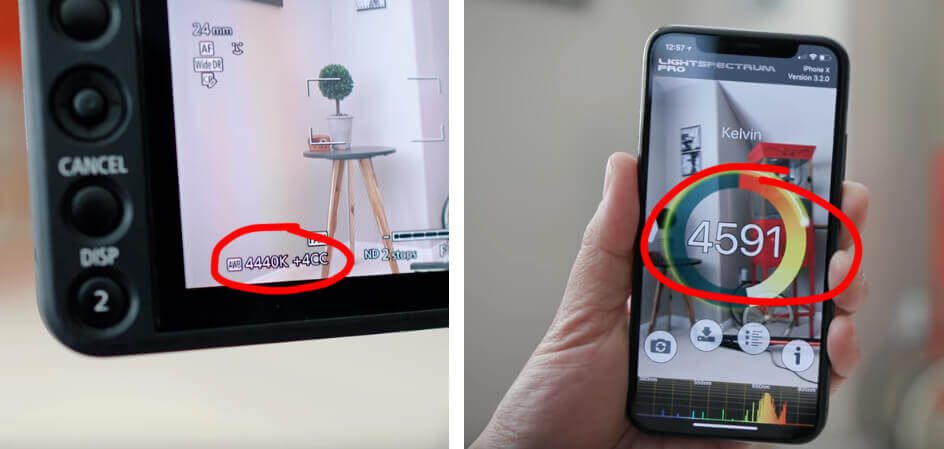
Areas of application for color temperature measurement
As far as I have read, the measurement of the color temperature is mainly used when filming or taking photos to set the white balance. With photography in RAW, however, this is superfluous, since the white balance is carried out later in the program. In the case of videos, on the other hand, it may make sense not to film in log format.
Another area of application is probably lighting design, where the color temperature is important because it has a strong influence on the human body. If you haven’t heard of it yet, you are welcome to take a little detour into the article “Blue light filter" make.
I have to admit that I have little idea about all this film and photo stuff and that's why I approach the app as a layman. I have that too Message read through by the filmmaker Adam Plowden, but this one is relatively superficial and says only this much:
"You can use the app as a filmmaker to get a rough idea of the lighting conditions, but when you set the camera and realize it doesn't look right, trust your gut feeling over the app."

My tests with the app
To see how the app behaves, I just tried different lamps that have a different light spectrum. These were, for example, the LED tea lights, a black light lamp and an LED flashlight that can emit both red light and white light. The results that I measured all looked very plausible. Above all, you can see very well that the black light flashlight, for example, has a very strong deflection at a certain wavelength range. On the other hand, I was a bit surprised by the evaluation of the real tea light, which shows some peaks that I cannot fully explain ... but I'm not a spectrologist either. ;-)
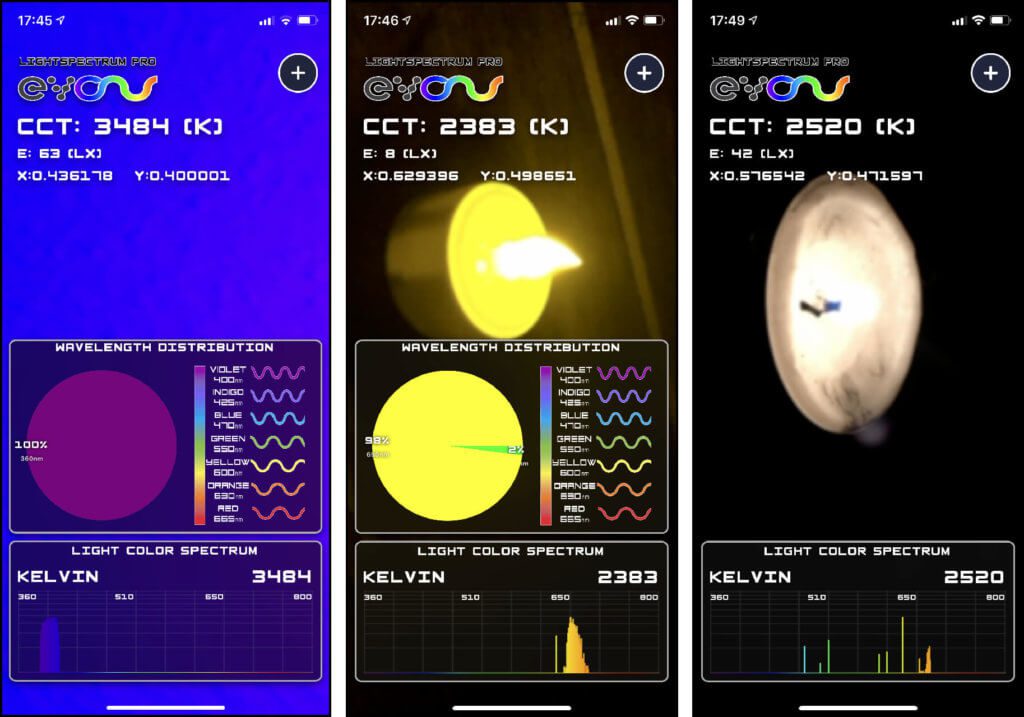
In the app itself, you can activate various graphic evaluations, which evaluate the light conditions captured via the camera image in different ways. There is an evaluation with a pie chart that shows the distribution of the wavelengths and color ranges. You can also show a kind of bar chart that shows which wavelengths occur with which frequency. Both very interesting additional features to the main feature of the app, which is actually the color temperature measurement.
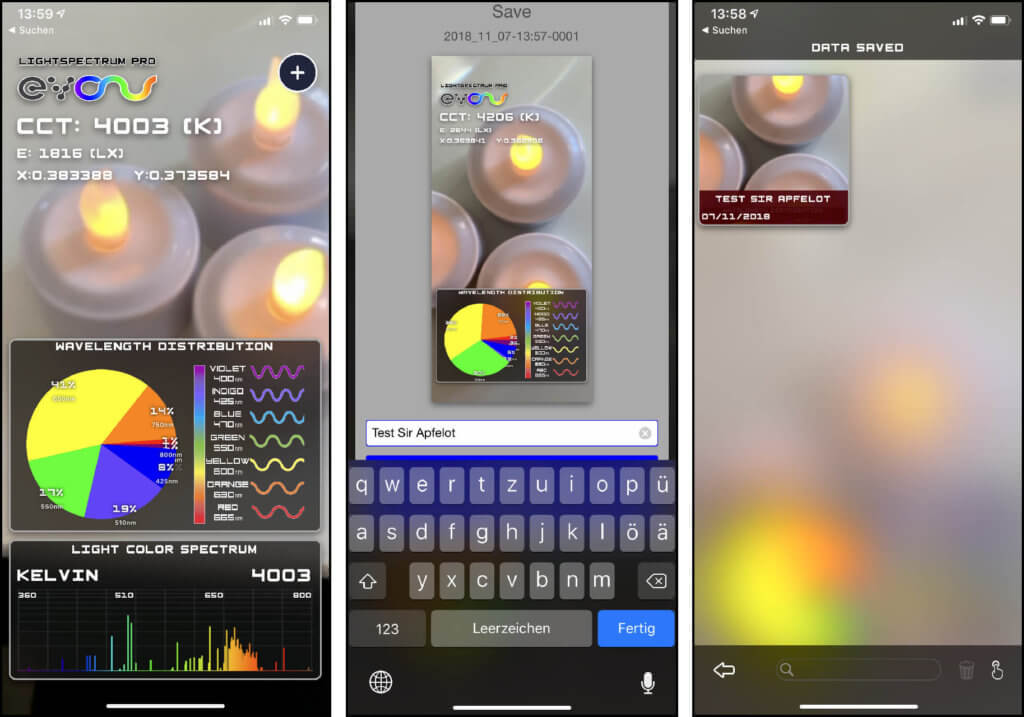
When trying out the app, I noticed that it sometimes falls into a state in which it still updates the display and the values, but then somehow "seizes" itself in a rough Kelvin range. An example: I measure the color temperature of the LED tea lights under a black blanket and get 3600k displayed. Then I briefly move the iPhone to daylight and the display jumps to around 5000k, but it doesn't go back to 3600k when I move the iPjhone back under the covers. Although the values still jump back and forth slightly, which shows that the LightSpectrum Pro is still updating the evaluations, the values no longer seem plausible.
In this case, I simply closed the app and restarted it and got "normal" values displayed again. So a bit of "caution" is called for when you have strongly changing lighting conditions.
Measure light emission
The specific light emission in lx (lux) can also be measured with the app. I didn't quite understand what the difference between this value and the light intensity is, but that Wikipedia article to "lux" shows that there are two different physical units. The app does not show any light intensity but the "specific light emission", which is also abbreviated with the unit SI.
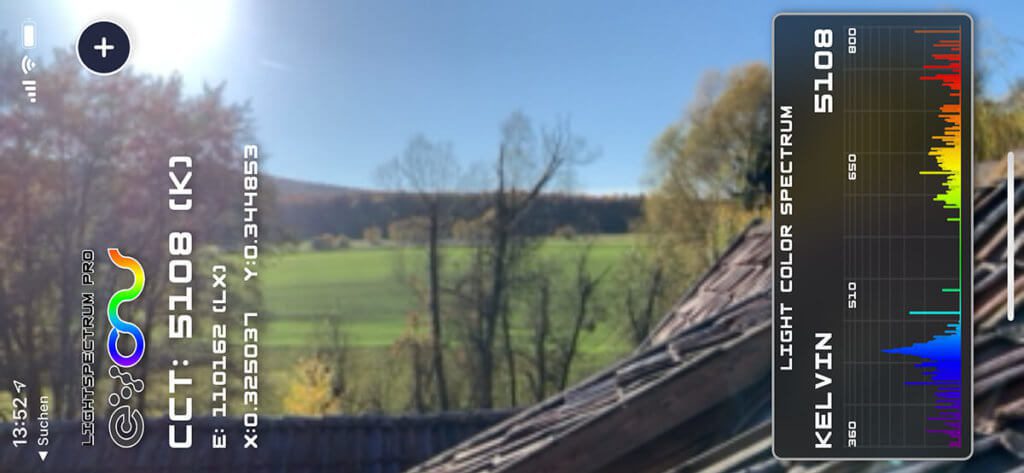
Conclusion
My conclusion is that the app is a nice and interesting gimmick that you can use to evaluate various light spectra and color temperatures. The results are understandable, but I can't say how close they are to the results of "real" measuring devices. For my hobby as a blogger, the whole thing is absolutely sufficient and a nice thing for the little money, since I would of course never spend 800 euros for a real measuring system. So the simple question is: do I take the app for EUR 2,50 or nothing.
If you are curious and like to play around with such apps, you can take a look at LightSpectrum Pro. You can't go wrong with the price. And since the last update of the app was only a few weeks ago, it is apparently also being actively developed and adapted to new iPhones.
[appbox app store id468368751]
My tips & tricks about technology & Apple
Related Articles
Jens has been running the blog since 2012. He acts as Sir Apfelot for his readers and helps them with technical problems. In his spare time he rides electric unicycles, takes photos (preferably with the iPhone, of course), climbs around in the Hessian mountains or hikes with the family. His articles deal with Apple products, news from the world of drones or solutions to current bugs.


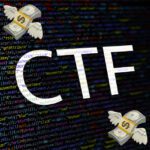

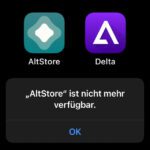
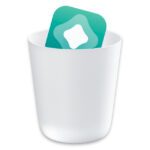

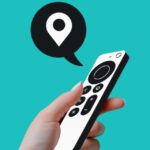
![[Update] AltStore in the test: iPhone sideloading (and game emulation) tried](https://a391e752.rocketcdn.me/wp-content/uploads/2024/04/iphone-altstore-test-2024-150x150.jpg)
